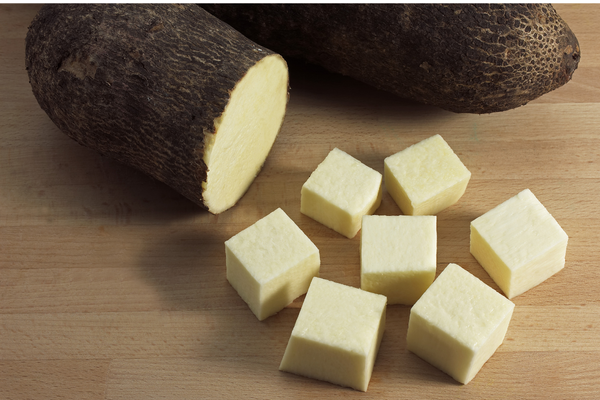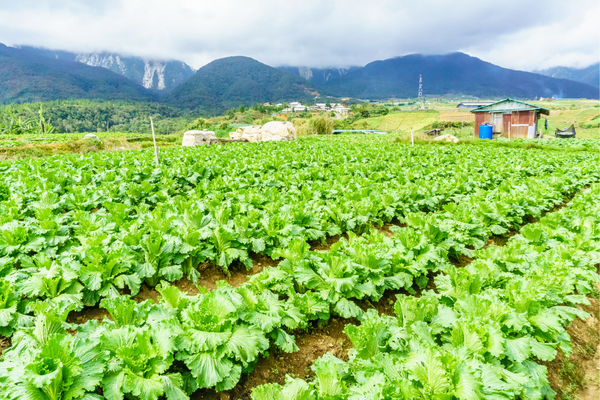Yam is a common meal that is quite popular both domestically and internationally. There is a need for business owners to engage more in commercial yam cultivation due to our expanding population and the fact that yam is an exportable crop.
The crop needs a soil PH of 5.5 and is tropical and subtropical. Nigeria’s Benue, Taraba, Niger, Anambra, Cross River, etc., are among the states that produce yam in significant commercial amounts.
The best time to grow yams is often between late April and early May, although some farmers plant them in the months of December through February.
Below are the simple steps to guide you in great yam farming:
Step 1: Land Preparation
Clear the area, then burn the trash. Prepare the soil following the planting method you desire. Some farmers dig 4-5 inches deep and 3-4 meters broad, while others build mounds. The distance between mounds is 1m. A rich, sandy, or loamy soil with good drainage would be best for this crop.
Step 2: Seedlings Preparation
Cut the larger yams into smaller pieces instead of planting them whole if they are small because doing so would be wasteful. The four different sett types are head sett, middle sett, tail sett, and whole sett. Slice the yam into desired shapes and sizes, up to a thickness of 5-8 cm, horizontally from head to tail.
Step 3: Planting
Yams are multiplied from the entire or sett tubers of the parent plants. They develop from slip-borne sprouts. Plant a sett in the hole you just made, fill it with topsoil, or plant them in the mount 15 to 20 centimeters deep. When planting, turn the head up or lay the setts down horizontally.
Step 4: Mulching
To keep the soil moist and prevent excessive water loss, particularly during the dry season, mulching is used in yam farming. Compost, grass, or leaves can be used to mulch the piles. Mulching is required because the drying effects of the sun can kill yam seedlings.
Step 5: Staking
One month following the first appearance of the tendrils, stake your sprouting yam. Use mature bamboo or any other strong wood that has been taken from a perennial tree that is immune to termite or other insect assault. To stake, use two sticks, each measuring 2 meters.
Step 6: Manure Application
To improve their output, apply manure each month or during each growing season. Use low-nitrogen manure since too much nitrogen can hinder the growth of roots. Avoid using chicken dung because of its high nitrogen content. Apply fertilizer with a high phosphorus content instead.
Step 7: Weeding
Before harvest, weeding can be done manually three times. If the farm is too large, you will need to hire more workers.
Step 8: Harvest/Yield
Although yams take between 5-7 months to reach full maturity, harvesting begins when the leaves start to turn yellow to brown and begin to wither. Before harvesting, don’t let the vines wither. Yam harvesting will be challenging if the soil is too hard. For this reason, you should always plant in loose soil.
Dig around the area of soil with a spade that is a little bit distant from where the yam is standing. Avoid hurting the tubers at all costs. Bring out the yam from the dirt after gently removing the soil up to where the yam ends.
A hectare can produce between 10-15 tonnes of yam when managed well.
Step 9: Preservation of Yam
Keep yam in barns out of the sun and heat to preserve it for the upcoming planting season. You can pull the yam’s head off and rub ashes on any injured areas to prevent rot.
Step 10: Marketing
Yam has a ready market, thus marketing it is not difficult. When harvest time has long passed, you can preserve them and sell them for extra money. In general, increasing the worth of a product would increase profit. You can either sell the yams whole to foreign markets or process them to make flour.






